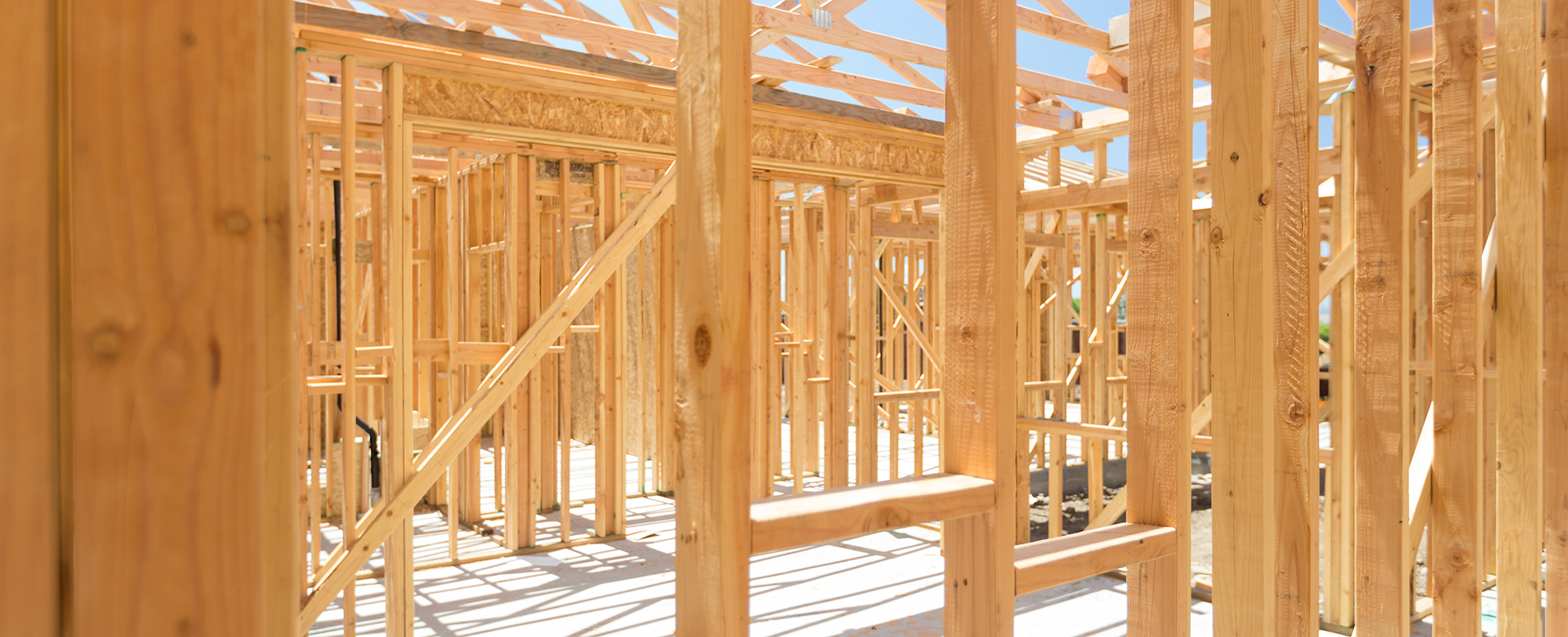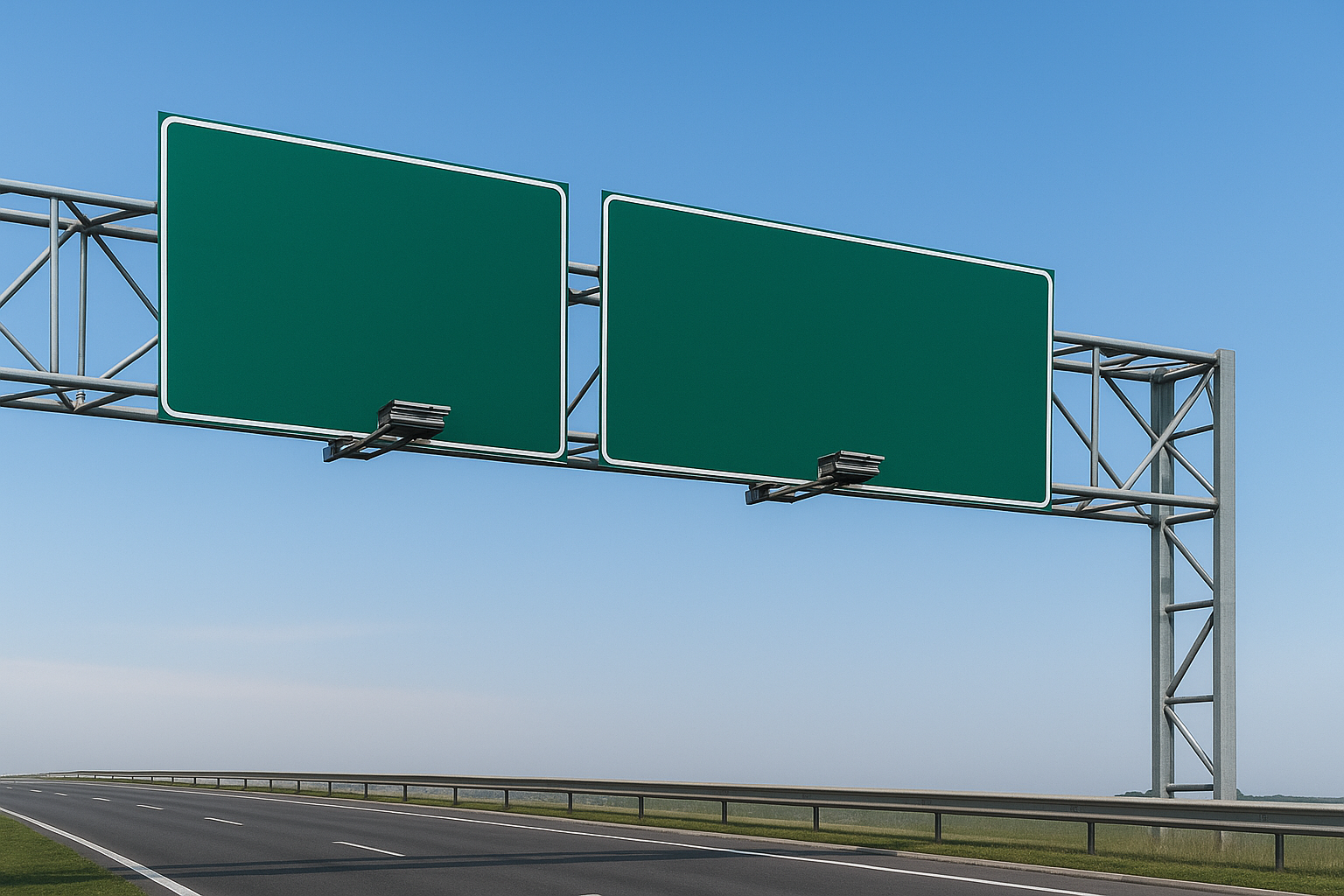
Variable anchorage slip in wood shearwalls
- GSE™ Features
TECHNICAL FEATURE // VARIABLE ANCHORAGE SLIP IN WOOD SHEARWALLS
The deflection limit state often controls the design of wood shearwalls. At each story, the lateral drift must be verified and be within the limit prescribed by the applicable design code. The deflection of a shearwall is governed by the bending, the shear deformation, the nail slip and the anchorage slip of the wall.
To enhance productivity of GSE™ Timber software‘ users, the Anchorage Elongation Method can be defined as variable (tension only) and variable (tension and compression). The anchorage slip is calculated at each iteration according to the tension efforts at the anchorage locations.
In the GSE™ Timber Software, the anchorages are defined in the Anchorages tab of the Wall Attributes menu.
There are three (3) options to consider for the anchorage slip: Fixed, Variable (Tension Only) and Variable (Tension and Compression).
The Variable (Tension Only) option considers the tension efforts at the anchorage locations and uses the force-displacement relationship of the anchorage to calculate the anchorage slip.
The Variable (Tension and Compression) option considers the anchorage tension slip and also the crushing of the bearing plates of the wall on the compression side.
The input data for both the Variable (Tension Only) and the Variable (Tension and Compression) is shown below. The hold-down elongation at the hold-down resistance is generally defined by the hold-down manufacturer.

GSE™ Software
3D multi-material analysis and design software for CLT, Mass Timber, Light-Frame Wood, Steel, Cold-Formed Steel, Reinforced Concrete, Automated Slab and Foundation design, and Aluminum.






